Muscle Pulled Of The Back Of The Thigh (Hamstring Strain)
Table of Contents
What is a Muscle Pulled Of The Back Of The Thigh (Hamstring Strain)?
Muscle Pulled Of The Back Of The Thigh is also called Hamstring Strain because Hamstring muscles are located at the Back of the thigh, when This Hamstring muscles overstretched it is called Hamstring muscle pulled.
A hamstring injury is a strain or tears to the large muscles or tendons at the back of the thigh. It’s a commonly occurring injury in athletes and can happen in different severities.
Muscles located in the Back of the thigh are the Hamstring muscles. Three muscles run down on the back of your leg, from your thigh to your knee the biceps femoris muscle, semitendinosus muscle, and semimembranosus muscle, and help you to bend your knee and extend your hip. As a group, they are known as the hamstring group of muscle. A hamstring strain is sometimes called a pulled muscle.
Grades of Hamstring Muscle Pulled
Grade 1: mild strain
just a few fibers of the muscle are ruptured or have been damaged. This rarely influences the power and endurance of the muscle. Pain and sensitivity usually happen the day after the injury and it also depends from person to person. Normally patient complaints are stiffness on the posterior side of the leg. Patients can walk fine. There can be a small swelling, but the knee can bend normally.
Grade 2: medium strain
In the medium strain, approximately half of the fibers are torn. Symptoms are acute pain, swelling, and in some cases function loss. The walk of the patient will be affected. Pain can be reproduced by applying precision to the hamstring muscle groups or bending the knee against resistance.
Grade 3:severe strain
The severe strain ranges from more than half of the fibers ruptured to complete rupture of the muscle. Both the muscle belly and the tendon can suffer from injury. It causes pain and massive swelling. The function of the hamstring muscle can’t be performed anymore and the muscle shows great weakness and not be able to straighten your leg all the way.
Causes of Muscle Pulled Of The Back Of The Thigh (Hamstring Strain)
A hamstring strain generally occurs because of the overload of the muscle, such as when you are running and your leg is fully stretched out just before your foot is about to strike the ground. When your foot strikes the ground and all your weight is on it, the muscles can get stretched too far and they may start to get a tear.
People who take part in certain activities that involve sprinting or jumping are more at risk of getting hamstring strains. These kinds of injuries are more common in teens who are going through growth spurts. That’s because the leg bones may grow faster in teens than a person’s muscles, pulling the muscles tight and leaving them more susceptible to getting stretched too far.
Not warming up properly before doing exercise. Tight muscles are much more likely to get strain than muscles that are kept strong and flexible.
Weak muscles are less able to handle the stress during exercise, and muscles that are tired lose some of their ability to absorb energy, making them more likely to get injured.
Strain may occur due to an imbalance in the size of your leg muscles. The quadriceps, the muscles at the front of your legs, is larger and more powerful than your hamstring muscles, the muscle at the back of your legs. When you do an activity that involves running, the hamstring muscles can get tired more quickly than the quadriceps muscle, putting them at greater risk of muscle strain.
Poor technique. If you don’t have a good running technique, it can increase the stress on your hamstring muscles which leads to muscle strain.
Returning back to activities too quickly after an injury. Hamstring strains need plenty of time to rest to heal completely. Trying to come back from a strain too soon will make you more likely to injure your hamstring muscle again.
Symptoms of Muscle Pulled Of The Back Of The Thigh (Hamstring Strain)
- pain in the back of your thigh when you bend or straighten your knee
- tenderness
- swelling
- bruising in the back of the thigh
- weakness in your leg for a long time after the injury
- Muscle spasm
- Decreased muscle strength
- Loss of function
- Hematoma
Differential Diagnosis
On examining the patient, the physiotherapist possibly has to differentiate between different injuries e.g.
Hamstring tendinitis, adductor strains, avulsion injury, lumbosacral referred pain syndrome, piriformis syndrome, sacroiliac dysfunction, sciatica, and ischial bursitis.
Other sources of pain in the posterior thigh could also be confused with hamstring strains and should be considered during the examination process. Specific tests and imaging are used to diagnose and exclude those different pain source possibilities.
In certain cases, it is difficult to determine whether it is the Hamstrings or other muscle groups like hip adductors (eg. Gracilis muscle and Adductor Magnus and Adductor Longus muscle.) that are injured due to their proximity. Sometimes imaging procedures can be required to determine the exact location of the injury.
Diagnostic Procedures
Most acute injuries can easily be found by knowing the causes of the injury.
When the doctor Is not too sure, he can ask for medical imaging. This will exclude all other possibilities.
X-Ray: It is used to diagnose the fracture
Ultrasonography
Magnetic Resonance Imaging (MRI)
Medical treatment of Muscle Pulled Of The Back Of The Thigh (Hamstring Strain):
Ibuprofen and other non-steroidal anti-inflammatory drugs (NSAIDs) can help to relieve pain and reduce swelling in the leg. Some doctors also prefer other medicines like acetaminophen.
Surgical treatment:
Surgical treatment is necessary if you have two, if not three, of your proximal hamstring tendons, completely ruptured or You have a grade 3 muscle strain. These tendons are the biceps femoris, semimembranosus, and semitendinosus.
Physiotherapy treatment for Muscle Pulled Of The Back Of The Thigh (Hamstring Strain):
Use the RICE principle as soon as possible after the injury:
Rest:
Limit the amount of walking you do, and try to avoid putting weight on your affected leg
Ice:
Use a bag of ice or a cold compress to help reduce pain and swelling for the first 48 hours after the injury. This should begin as soon as possible after the injury and then for 20 to 30 minutes every 3 to 4 hours at a time until the swelling is gone. Wrap the ice or cold compression in a towel. Don’t put ice or ice packs directly on the skin because it may cause tissue damage.
Compress: Use elastic bandages to support your leg and keep the swelling down.
Elevation:
keep your leg elevated when you are sitting or lying down
Modalities:
Transcutaneous electrical nerve stimulation (TENS):
Transcutaneous electrical nerve stimulation (TENS), is the use of electrical impulses over surface electrodes to provide symptomatic relief by changing pain perception.
Ultrasound therapy:
Ultrasound is a deep heating modality that can help improve circulation and extensibility around the injured tissues of your hamstring.
Electrical stimulation:
Electrical stimulation may be used to accomplish different goals during your hamstring rehabilitation. Your PT may use e-stim to help control your pain, reduce swelling, or improve the way your hamstring muscle contracts.
Massage:
Massaging the injured tissue can help improve circulation and scar tissue mobility.
Kinesiology taping:
Physiotherapists can use kinesiology taping techniques to help improve hamstring muscle functions. Kinesiology taping can also be used to reduce swelling and bruising around your hamstring muscles.
Stretching exercise:

Standing Hamstring Stretch (Both Legs at Once)
Hamstring Stretch is done in the standing position and stretches both legs at once.
Stand and cross your right foot in front of your left foot of yours.
Slowly lower your head to your right knee by bending at the waist.
Keep both knees straight.
Hold this position for approx 15 to 30 seconds.
Than relax.
Repeat for the other side by crossing your left foot in front of your right foot.
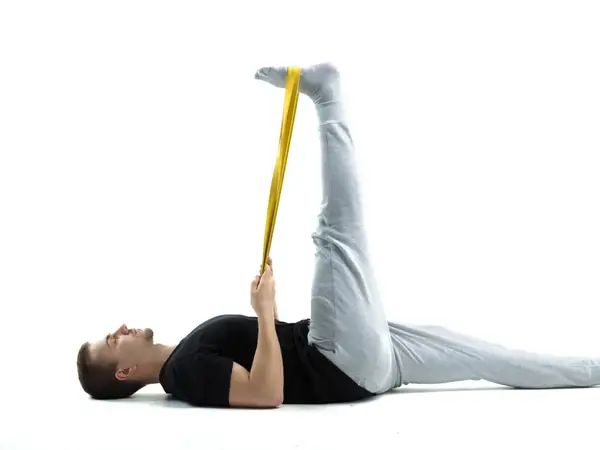
The Towel Hamstring Stretch
The towel hamstring stretch is a simple stretch to do.
Lie on the floor on your back.
Loop a long bath towel around your foot and hold the ends of the towel in both hands.
Slowly pull on the towel to lift your leg straight up. Be sure to keep your knee straight. Your other leg should remain in contact with the floor.
Bring your leg up until you felt a stretch behind your thigh. You can feel a stretch in your calf area.
Hold this position for approx 15 to 30 seconds, and then relax.
You can repeat this exercise three to five times on each leg.
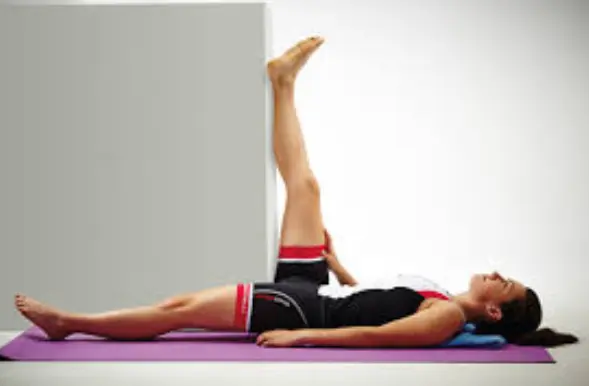
Wall hamstring stretch
Wall hamstring stretch is performed at the corner of a wall.
Keeping one leg on the ground, place the other leg against a wall.
Gently push the knee towards the wall so that the raised leg is as straight as tolerable.
Hold the position starting for 10 seconds, and gradually work up to 30 seconds.
Perform Wall hamstring stretch with each leg, one at a time, 4 to 5 times for one complete set. Aim to perform 2 sets daily.
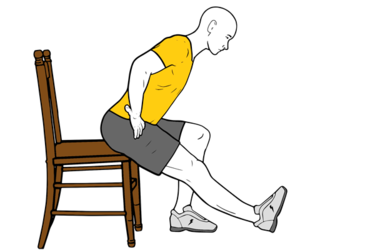
Hamstring Stretches While Sitting
Stretching while in a seated position is less gentle than stretching while lying on the back. While using a sitting position, the degree of a stretch according to based on the pain level. An important part of this technique is to avoid the lower back rounding; instead, fold forward at the hip.
Sit on the edge of a chair, and straighten one leg in front of the body with your heel on the ground.
Straighten your spine by sitting tall and rolling the pelvis forward.
Hold this stretch approx 30 seconds.
Repeat this exercise 3 times for each leg. Aim to perform this exercise twice daily.
Hamstring Strengthening exercise
Isometric hamstring exercises
These exercises work the hamstring muscles without movement. it is important to do them at different amounts of knee bend.
Lie on your stomach.
A therapist provides resistance as you contract the hamstring muscles, hold for 3 or 4 seconds and then relax.
Change the amount your knee is flexed to work the muscle at different lengths.
Once you have worked the muscles through a different range of angles, repeat with your foot turned outwards. Then again with your foot turned inwards. This targets the inner and outer hamstring muscles.
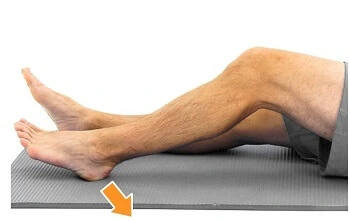
Hamstring Sets
This hamstring strengthening exercise is the best to start initially, especially after an injury because it doesn’t require any knee movement. It is very easy to control how hard you work the hamstrings by changing how hard you push the heel downward.
Lie flat on your back, with your knee slightly bent and your heel on the ground
Press the back of your heel firmly downward. You should feel the muscles in the back of your thigh contracting. Hold for 5-10 seconds and then relax.
Prone hamstring curl
Lie down on your stomach
Bend your knee to pull your heel toward your buttock, keeping your thighs and hips on the ground.
Stop when you can’t pull any further. Return to starting position.
Do 12 to 15 repetitions

You can also use resistance in progression to improve the strength of the hamstring muscle. Resistance can be applied manually, Theraband or spring.
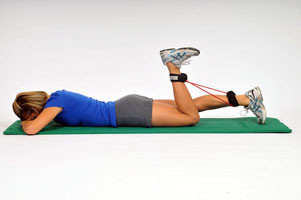
You can also do hamstring curl exercise in standing.
Lift your foot back behind you bringing it up towards your buttock as high as you can. Hold for 3 to 5 seconds and slowly bring the foot down to the ground.

How Can I Prevent a Hamstring Strain?
Healing a hamstring strain is harder than preventing hamstring strain.
Warm-up before and stretch after physical activity.
Slowly boost the intensity of your physical activity
Stop doing exercise if you feel pain in the back of your thigh.
Stretch and strengthen hamstrings as a preventive measure.
Risk factors
- Hamstring injury risk factors include:
- Sports participation. Sports that require sprinting or running, or other activities such as dancing that might require extreme stretching, are more likely to cause hamstring injury.
- Prior hamstring injury
- Poor flexibility. If you have poor flexibility, your muscles can not be able to bear the full force of the action required during certain activities.
- Muscle imbalance: muscle imbalance might lead to a hamstring injury. When the muscles along the front of your thigh, the quadriceps become stronger and more developed than the muscles of the back of the thigh, hamstring muscles.
- Muscle fatigue or weakness from poor conditioning
- Older age
- Previous hamstring injury
- Limited hamstring flexibility
- Increased fatigue
- Poor core stability
- Strength imbalance
- Ethnicity
- Previous substantial knee injury
- Osteitis pubis

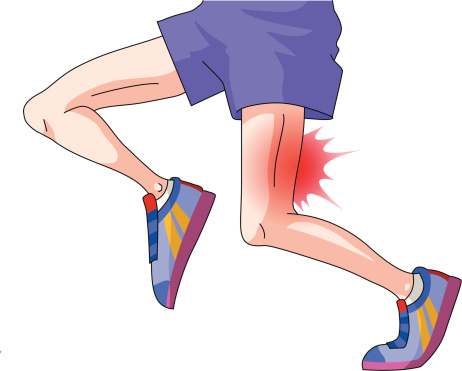
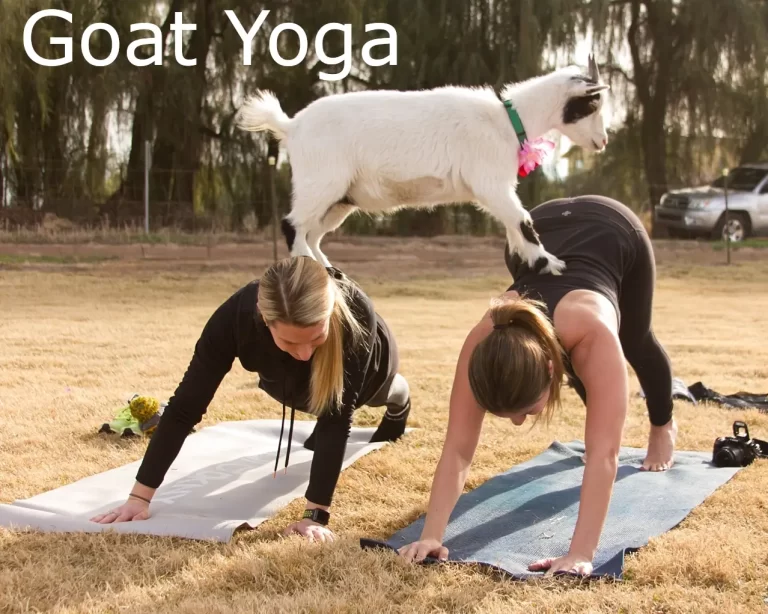
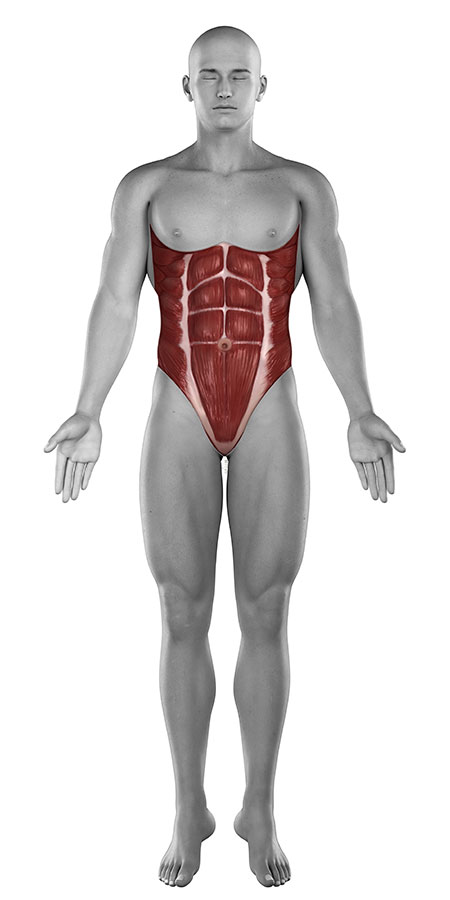
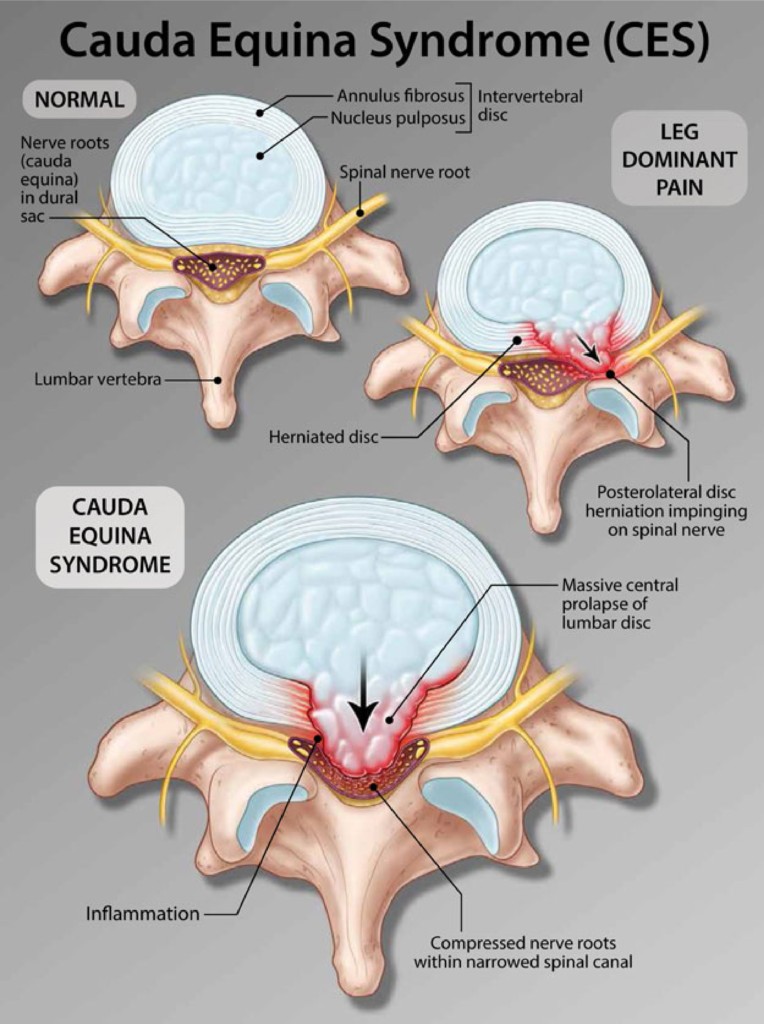
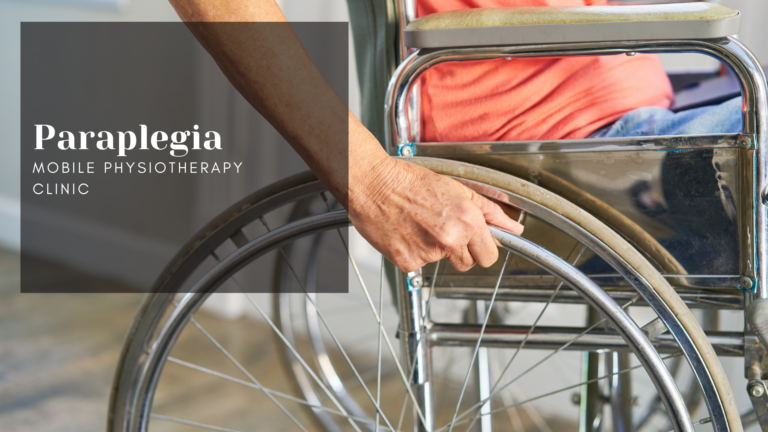
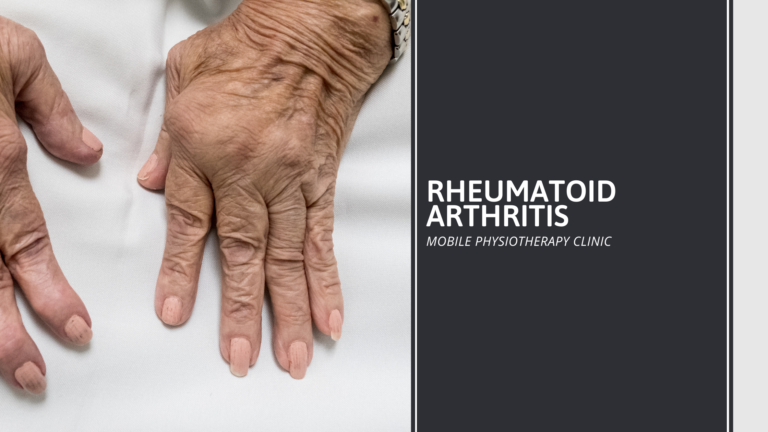
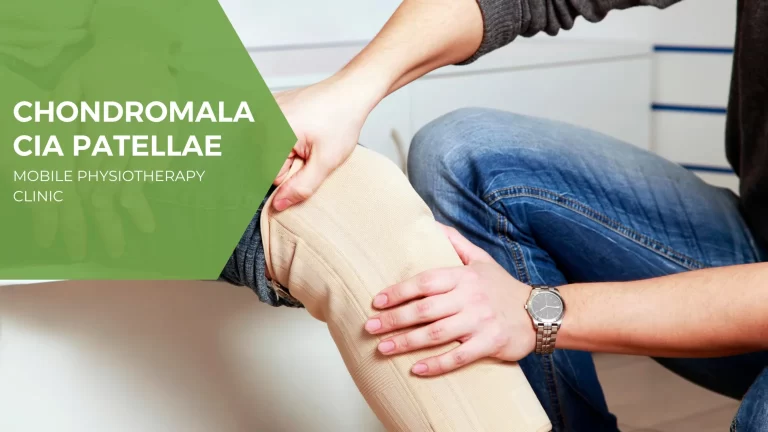
One Comment